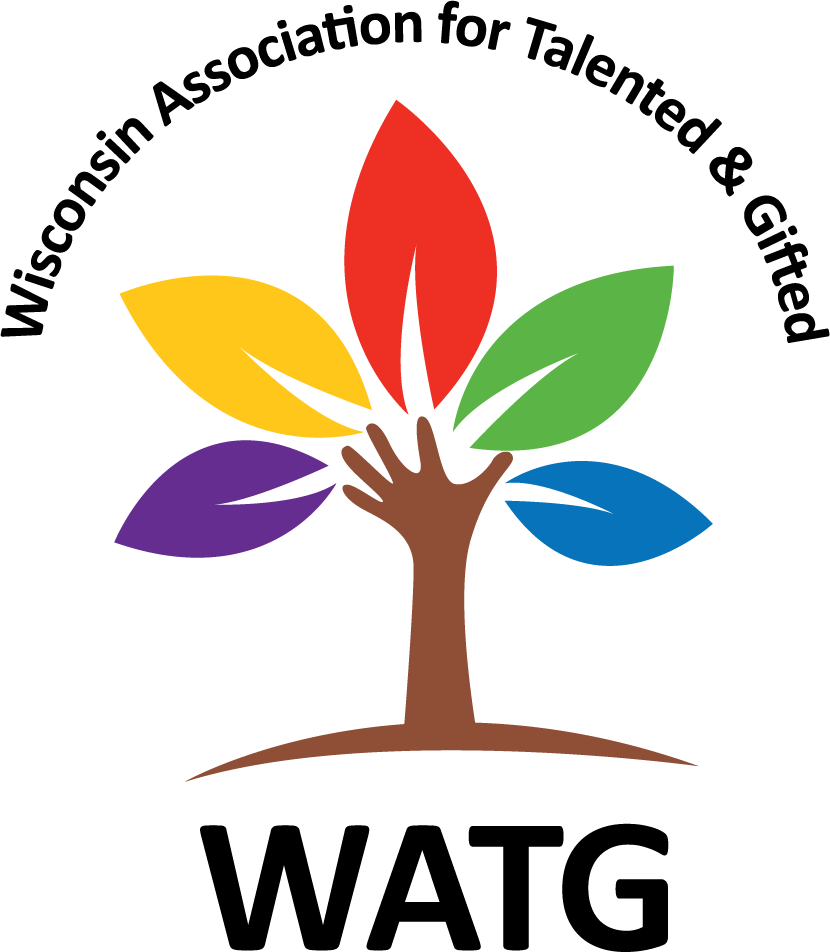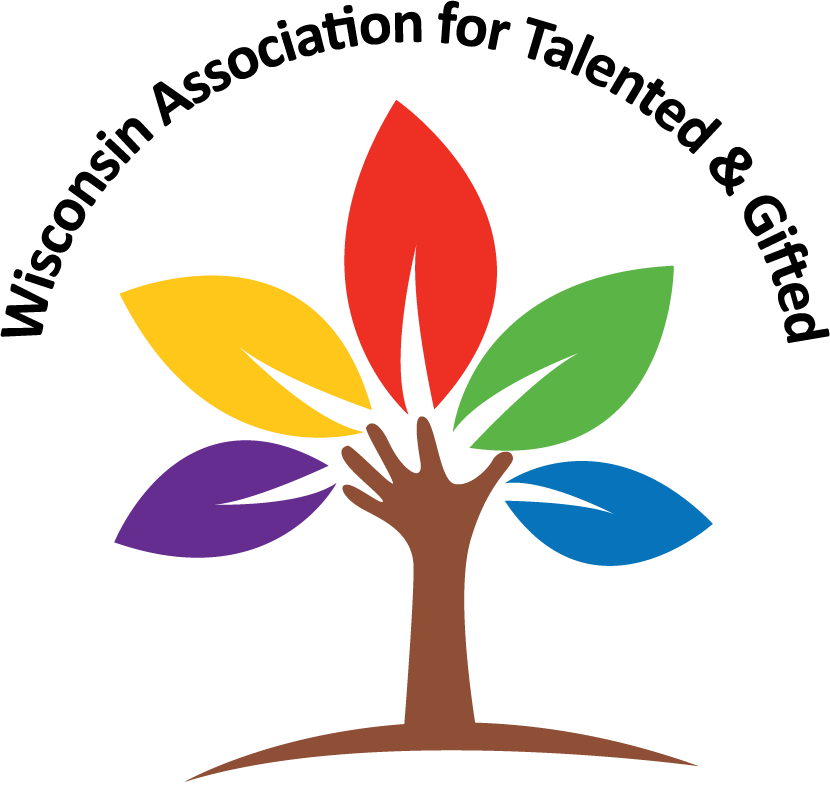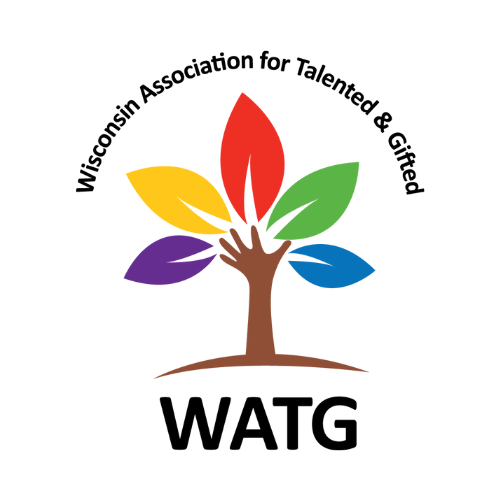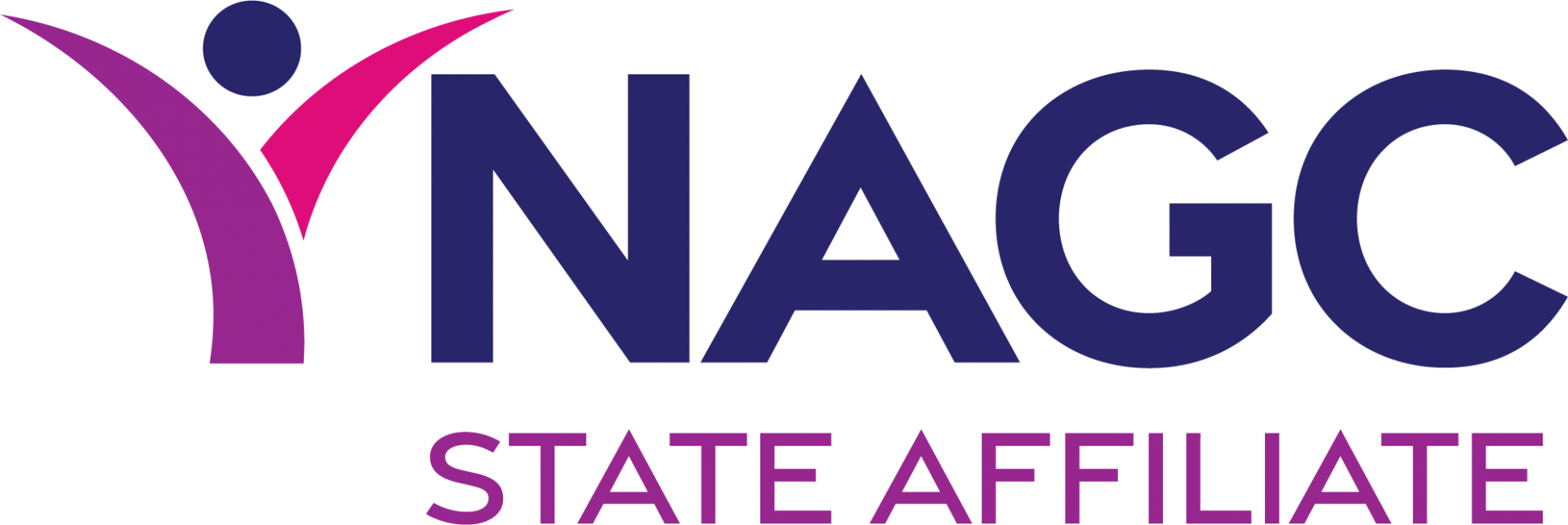Sign up
Connect With Google
Or
Already a member? Log In
By continuing, you agree to our Terms of Use and Privacy Policy.
Reset Password
Enter your new password
Password was reset successfully
This Page Requires an Active Membership
Welcome back WATG Member! Please sign in to access members-only content and resources
Not a member? Join now for access to all our exclusive member content




